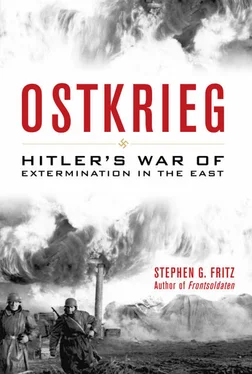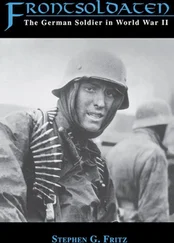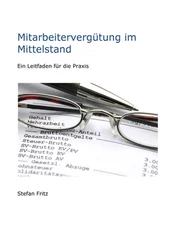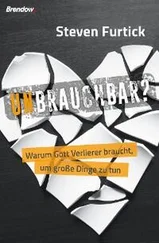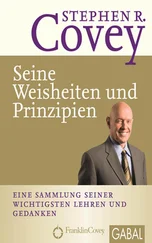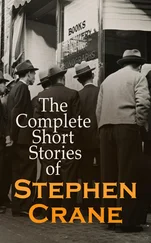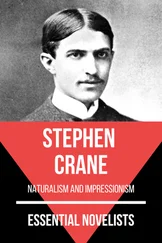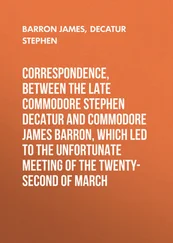———. “Strategie der Selbstvernichtung: Die Wehrmachtführung im ‘Endkampf’ um das ‘Dritte Reich.’” In Die Wehrmacht: Mythos und Realität , ed. Rolf-Dieter Müller and Hans-Erich Volkmann, 224–44. Munich: Oldenbourg, 1999.
Schwendemann, Heinrich, and Helen F. McEwan. “ ‘Drastic Measures to Defend the Reich at the Oder and the Rhine’: A Forgotten Memorandum of Albert Speer of 18 March 1945.” Journal of Contemporary History 38, no. 4 (2003): 597–614.
Seidler, Franz W., ed. Verbrechen an der Wehrmacht: Kriegsgreuel der Roten Armee, 1941/42 . 3rd ed. Selent: Pour le Merite, 1998.
———. Deutscher Volkssturm: Das letzte Aufgebot, 1944/45 . Munich: Herbig, 1989.
———. Fritz Todt: Baumeister des Dritten Reiches . Munich: Herbig, 1986.
———. “Das nationalsozialistische Kraftfahrerkorps und die Organisation Todt im Zweiten Weltkrieg.” Vierteljahrshefte für Zeitgeschichte 32, no. 4 (1984): 625–36.
———. “Die Fahnenflucht in der deutschen Wehrmacht während des Zweiten Weltkrieges.” Militärgeschichtliche Zeitschrift 2, no. 2 (1977): 23–42.
———. “Zur Führung der Osttruppen in der deutschen Wehrmacht im Zweiten Weltkrieg.” Europäische Sicherheit: Politik—Streitkräfte—Wirtschaft—Technik 20, no. 12 (1970): 683–702.
Sella, Amnon. “ ‘Barbarossa’: Surprise Attack and Communication.” Journal of Contemporary History 13, no. 3 (1978): 555–83.
Seraphim, Hans-Gunther, and Andreas Hillgruber. “Hitlers Entschluss zum Angriff auf Russland: Eine Entgegnung.” Vierteljahrshefte für Zeitgeschichte 2, no. 3 (1954): 240–54.
Sereny, Gitta. Albert Speer: His Battle with Truth . New York: Knopf, 1995.
Service, Robert. A History of Twentieth Century Russia . London: Penguin, 1997.
Shepherd, Ben. “Partisan and Anti-Partisan Warfare in German-Occupied Europe, 1939–1945: Views from Above and Lessons for the Present.” Journal of Strategic Studies 31, no. 5 (2008): 675–93.
———. War in the Wild East: The German Army and Soviet Partisans . Cambridge, MA: Harvard University Press, 2004.
———. “The Continuum of Brutality: ‘Wehrmacht’ Security Divisions in Central Russia, 1942.” German History 21, no. 1 (2003): 49–81.
———. “ ‘Wehrmacht’ Security Regiments in the Soviet Partisan War, 1943.” European History Quarterly 33, no. 4 (2003): 493–529.
———. “Hawks, Doves and ‘Tote Zonen’: A Wehrmacht Security Division in Central Russia, 1943.” Journal of Contemporary History 37, no. 3 (2002): 349–69.
Shils, Edward, and Morris Janowitz. “Cohesion and Disintegration in the Wehrmacht in World War II.” Public Opinion Quarterly 12 (1948): 280–315.
Shirer, William L. Berlin Diary: The Journal of a Foreign Correspondent, 1934–1941 . New York: Knopf, 1941.
Slepyan, Kenneth. Stalin’s Guerrillas: Soviet Partisans in World War II . Lawrence: University Press of Kansas, 2006.
Smelser, Ronald. “How ‘Modern’ Were the Nazis? DAF Social Planning and the Modernization Question.” German Studies Review 13, no. 2 (1990): 285–302.
Smelser, Ronald, and Edward J. Davies II. The Myth of the Eastern Front: The Nazi-Soviet War in American Popular Culture . New York: Cambridge University Press, 2008.
Smith, Woodruff D. The Ideological Origins of Nazi Imperialism . New York: Oxford University Press, 1986.
Sokolov, Boris V. “The Cost of War: Human Losses for the USSR and Germany, 1939–1945.” Journal of Slavic Military Studies 9, no. 1 (1996): 152–93.
———. “The Battle for Kursk, Orel, and Char’kov.” In Gezeitenwechsel im Zweiten Weltkrieg? Die Schlachten von Char’kov und Kursk im Frühjahr und Sommer 1943 in operativer Anlage, Verlauf und politischer Bedeutung , ed. Roland G. Foerster, 79–86. Hamburg: E. S. Mittler, 1996.
Sokolov, Boris V., and David M. Glantz. “The Role of Lend-Lease in Soviet Military Efforts, 1941–1945.” Journal of Slavic Military Studies 7, no. 3 (1994): 567–86.
Speer, Albert. Spandau: The Secret Diaries . Translated by Richard Winston and Clara Winston. London: Collins, 1976.
———. Inside the Third Reich: Memoirs . Translated by Richard Winston and Clara Winston. New York: Macmillan, 1970.
Spoerer, Mark. Zwangsarbeit unter dem Hakenkreuz: Ausländische Zivilarbeiter, Kriegsgefangene und Häftlinge im deutschen Reich und im besetzten Europa, 1939–1945 . Stuttgart: Deutsche Verlags-Anstalt, 2001.
Spratte, Wido, ed. Stalingrad: Feldpostbriefe des Oberleutnants Harald Bleker . Osnabrück: Wenner, 2000.
Staerck, Christopher. “Dresden: A Good Intelligence Decision?” Modern History Review 10, no. 4 (1999): 13–15.
Stahlberg, Alexander. Bounden Duty: The Memoirs of a German Officer, 1932–45 . Translated by Patricia Crampton. London: Brassey’s, 1990.
Stargardt, Nicholas. “Speaking in Public about the Murder of the Jews: What Did the Holocaust Mean to Germans?” In Years of Persecution, Years of Extermination: Saul Friedländer and the Future of Holocaust Studies , ed. Christian Wiese and Paul Betts, 133–56. London: Continuum, 2010.
Starkov, Oleg. “Militärischer Geheimnisverrat am Vorabend von 1941 ‘Barbarossa.’” Österreichische militärische Zeitschrift 29, no. 4 (1991): 327–30.
Stegemann, Bernd. “Geschichte und Politik: Zur Diskussion über den deutschen Angriff auf die Sowjetunion, 1941.” Beiträge zur Konfliktforschung 17, no. 1 (1987): 73–97.
———. “Der Entschluss zum Unternehmen Barbarossa: Strategie oder Ideologie?” Geschichte in Wissenschaft und Unterricht 33, no. 4 (1982): 205–13.
———. “Hitlers Ziele im Ersten Kriegsjahr, 1939/40: Ein Beitrag zur Quellenkritik.” Militärgeschichtliche Mitteilungen 27, no. 1 (1980): 73–105.
———. “Politik und Kriegführung in der Ersten Phase der deutschen Initiative.” In Die Errichtung der Hegemonie auf dem europäischen Kontinent (vol. 2 of Das deutsche Reich und der Zweite Weltkrieg ), ed. Klaus A. Meier. Stuttgart: Deutsche Verlags-Anstalt, 1979.
Steiger, Rudolf. Panzertaktik im Spiegel deutscher Kriegstagebücher, 1939–1941 . Freiburg: Rombach, 1973.
Steinbach, Peter. “Widerstand und Wehrmacht.” In Die Wehrmacht: Mythos und Realität , ed. Rolf-Dieter Müller and Hans-Erich Volkmann, 1150–70. Munich: Oldenbourg, 1999.
Steinert, Marlis. “Stalingrad und die deutsche Gesellschaft.” In Stalingrad: Ereignis–Wirkung–Symbol , ed. Jürgen Förster, 171–85. Munich: Piper, 1992.
———. Hitler’s War and the Germans: Public Mood and Attitude during the Second World War . Translated by Thomas E. J. de Witt. Athens: Ohio University Press, 1977.
Stibbe, Matthew. Women in the Third Reich . London: Arnold, 2003.
Stolfi, R. H. S. “The Greatest Encirclement Battle in History.” RUSI Journal (Royal United Services Institute for Defence Studies), 141, no. 6 (1996): 64–72.
———. Hitler’s Panzers East: World War II Reinterpreted . Norman: University of Oklahoma Press, 1991.
———. “Barbarossa Revisited: A Critical Reappraisal of the Opening Stages of the Russo-German Campaign (June–December 1941).” Journal of Modern History 54, no. 1 (1982): 27–46.
Strauss, F. J. Friedens und Kriegserlebnisse einer Generation—Pz. Abt. 38 (SF) 2. (Wiener) Panzerdivision . Neckargemünd: Kurt Vowinckel, 1977.
Читать дальше
